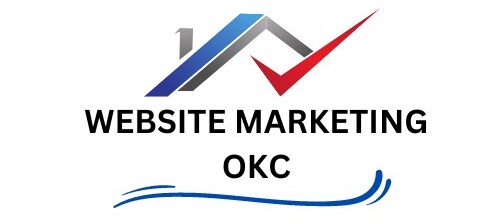In today’s digital age, where social media dominates the marketing landscape, email marketing remains a powerful tool for businesses to connect with their audience, foster customer relationships, and drive growth. With its unparalleled reach and cost-effectiveness, email marketing continues to deliver impressive returns on investment when executed strategically. In this article, we will explore effective email marketing strategies that can help businesses achieve substantial growth and maximize their marketing efforts.
Build a Quality Email List
The foundation of any successful email marketing campaign lies in building a quality email list. Rather than resorting to purchased or rented lists, focus on organic growth by encouraging website visitors, social media followers, and customers to subscribe to your email updates. Implement prominent and enticing opt-in forms on your website, offer valuable incentives such as exclusive content or discounts, and clearly communicate the benefits of subscribing. It’s crucial to obtain explicit permission from subscribers and ensure compliance with relevant data protection laws, such as the General Data Protection Regulation (GDPR) in the European Union.
Segment Your Audience
One-size-fits-all emails are no longer effective in capturing the attention of your audience. To achieve better engagement and conversion rates, segment your email list based on specific criteria such as demographics, purchase history, or engagement level. By dividing your subscribers into smaller, more targeted segments, you can tailor your content and offers to their specific interests and needs. Personalization is key in email marketing, as it enables you to deliver relevant and valuable content that resonates with your recipients, ultimately increasing open rates and click-through rates.
Craft Compelling Subject Lines
The subject line of your email serves as the first impression and plays a crucial role in determining whether your subscribers will open it or send it straight to the trash bin. Make your subject lines compelling, concise, and curiosity-inducing. A strong subject line should convey the value or benefit of opening the email, create a sense of urgency or exclusivity, or spark curiosity. Experiment with A/B testing to determine which subject lines resonate best with your audience and optimize your open rates accordingly.
Create Engaging and Relevant Content
Once your email is opened, the content needs to captivate and engage your readers. Craft concise and scannable content that communicates your message clearly and effectively. Use a conversational tone, address your subscribers by their first name, and personalize the content based on their preferences or past interactions. Incorporate visual elements, such as images or videos, to enhance the visual appeal of your emails and make them more engaging. Be mindful of the mobile experience, as an increasing number of people access emails on their smartphones, and ensure your emails are mobile-responsive.
Call-to-Action (CTA)
Every email you send should have a clear and compelling call-to-action (CTA) that directs your subscribers toward the desired action. Whether it’s making a purchase, signing up for an event, or downloading a resource, your CTA should be prominently placed and visually appealing. Use action-oriented language that creates a sense of urgency or emphasizes the benefits of taking the desired action. Experiment with different CTA designs, colors, and copy to optimize your conversion rates.
Automate and Personalize
Email automation allows you to deliver timely and relevant content to your subscribers without the need for manual intervention. Implement automation workflows triggered by specific actions or events, such as welcome emails, abandoned cart reminders, or post-purchase follow-ups. Personalization goes hand in hand with automation, enabling you to deliver tailored content based on subscribers’ behaviors, preferences, or lifecycle stages. Leverage customer data and segmentation to create personalized email experiences that resonate with your audience and drive engagement.
Test and Optimize
Email marketing is an iterative process, and continuous testing and optimization are vital for long-term success. Experiment with different email elements, such as subject lines, CTAs, visuals, and content layout, to understand what works best for your audience. Conduct A/B tests, analyze the results, and make data-driven decisions to improve your email performance. Keep a close eye on key metrics like open rates, click-through rates, conversion rates, and unsubscribe rates to gauge the effectiveness of your campaigns and make necessary adjustments.
Monitor and Analyze Results
Effective email marketing requires ongoing monitoring and analysis of your campaign’s performance. Utilize email marketing analytics tools to track and measure key metrics, gain insights into subscriber behavior, and identify areas for improvement. Monitor engagement metrics, email deliverability rates, and conversion rates to assess the effectiveness of your email marketing efforts. Use these insights to refine your strategies, optimize your campaigns, and achieve better results over time.
Email marketing continues to be a powerful tool for driving business growth when executed with strategy, relevance, and personalization. By building a quality email list, segmenting your audience, crafting compelling subject lines, creating engaging content, implementing effective CTAs, automating and personalizing emails, testing and optimizing, and monitoring results, businesses can unlock the full potential of email marketing. Embrace these strategies, adapt them to your specific industry and target audience, and watch your business grow through the power of email marketing.
